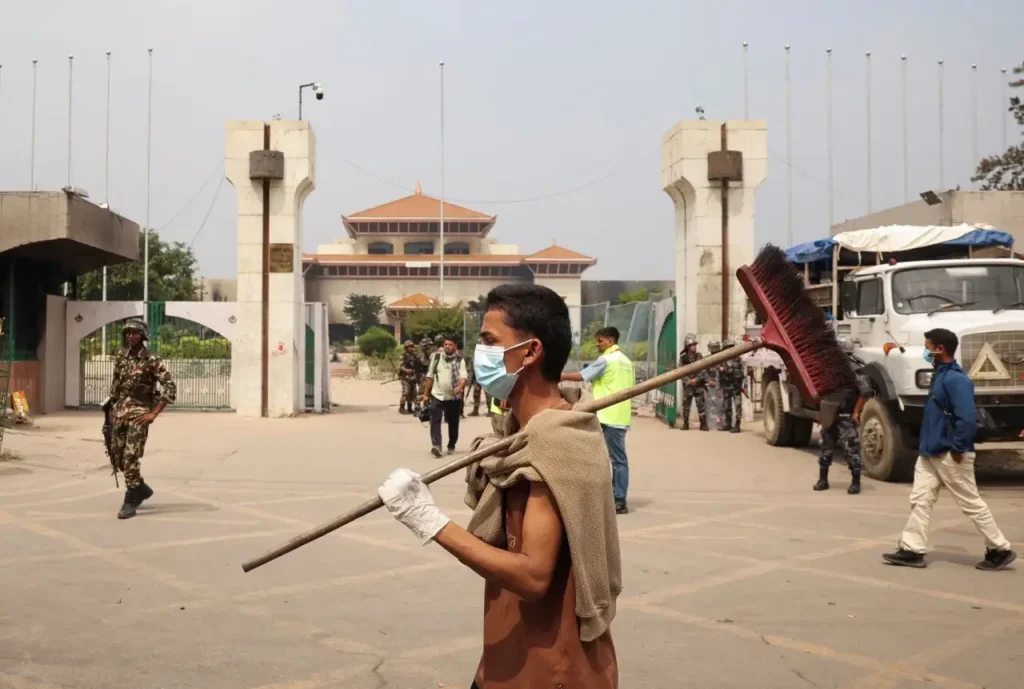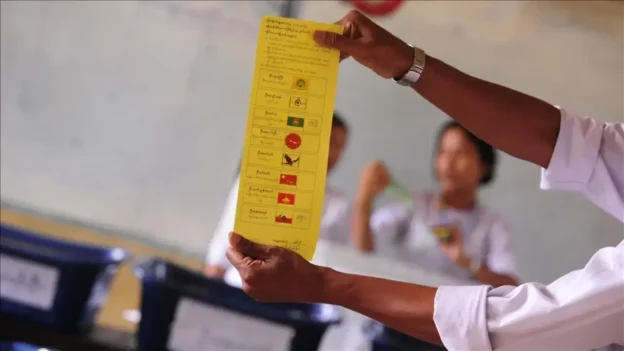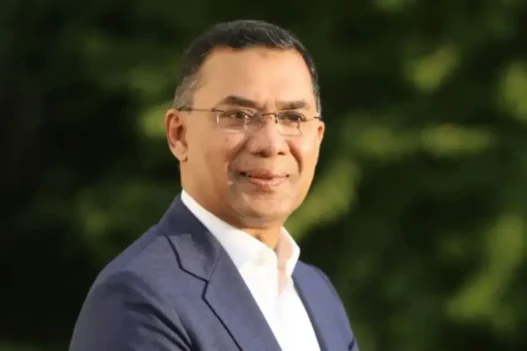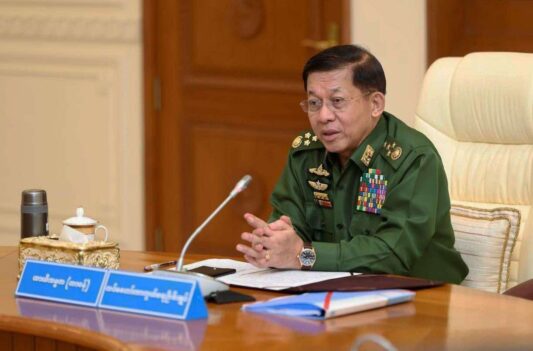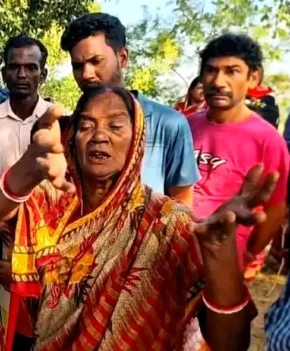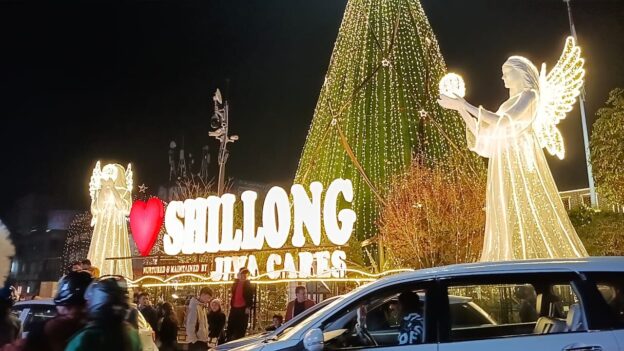Kathmandu today does not resemble a capital city at all but the epicentre of a political earthquake whose aftershocks continue to resonate throughout the country. From the city centre of New Baneshwor to the suburban streets of Budhanilkantha and Boharatar, flames and anger have engulfed the otherwise comfortable abodes of Nepal’s elite political class. The nation has plunged into an unprecedented era of confusion in which no single individual—not the politicians, nor the demonstrators, nor even the armed forces—can authoritatively chart the course ahead.
The story of this chaos begins with Generation Z, Nepal’s restless youth who grew up amidst promises of democracy, federalism, and prosperity but instead inherited unemployment, corruption, and a failing political class. On 8 September, when their peaceful protests were met with brutal state repression and 19 unarmed youths were killed, the movement transformed into a wildfire that consumed not just government buildings but also the very legitimacy of the post-2006 political order.
They began with party offices. Demonstrators stormed the central party headquarters of the Nepali Congress at Sanepa, shattering windows, hurling stones, and eventually setting parts of the building on fire. The same happened at the UML office in Chyasal, the Maoist Centre headquarters at Paris Danda, and the Unified Socialist office at Aloknagar. District offices throughout the nation were also burnt—evidence that the movement was not simply a Kathmandu-centric blast but national in scale.
Next came the homes of the leaders themselves. President Ram Chandra Paudel’s personal residence at Boharatar was torched, as was his office at Sheetal Niwas. Prime Minister and UML Chairman KP Sharma Oli’s residence in Bhaktapur and his ancestral house in Jhapa were burnt down. Nepali Congress president Sher Bahadur Deuba’s residence in Budhanilkantha was attacked; his wife—Foreign Minister Arzu Rana Deuba—was beaten up, and he himself appeared in viral videos seated on the ground amidst soldiers as angry mobs shouted abuse from a distance.
Even Maoist Chairman Pushpa Kamal Dahal “Prachanda” was not spared. His Khumaltar home was wrecked, and his house in Chitwan was torched. Other top leaders—Narayan Kaji Shrestha, Madhav Kumar Nepal, Jhala Nath Khanal, Gagan Thapa, Surendra Pandey, Prithvi Subba Gurung, Shankar Pokharel, Mahesh Basnet, Gokul Baskota, and many more—had their private assets targeted. Even politicians’ families were victims; Khanal’s wife was severely burned when their Dallu house was set on fire.
By the evening of 9 September, protesters had torched Singha Durbar, the House of Parliament, and even the Supreme Court. The physical manifestations of the three organs of government—executive, legislative, and judiciary—had been reduced to rubble.
The Oli-led government collapsed under the pressure. The state’s response to the 8 September protests—using bullets and tear gas to silence unarmed youths—proved to be its undoing. When 19 lives were lost, sympathy for the Gen Z movement swelled across generations. On 9 September, ordinary citizens joined the young protesters, storming institutions and demanding not just a change in leadership but, perhaps, an overhaul of the entire system.
Oli, trapped after protesters set fire inside the Parliament complex, was forced to step down. His strongest supporter, Sher Bahadur Deuba, could not manage the situation. The unthinkable—an uprising against the entire political establishment—became reality.
As the sun went down on 9 September, pandemonium held sway. As Singha Durbar burned and the government lay in shambles, the Nepal Army declared that it was seizing responsibility for peace and security from 10 p.m. onwards. Army Chief Ashokraj Sigdel addressed the nation on television, calling on protesters to put their movement on hold and come to negotiations. It was an unusual moment when the army publicly presented itself as the unifying force, filling the political void.
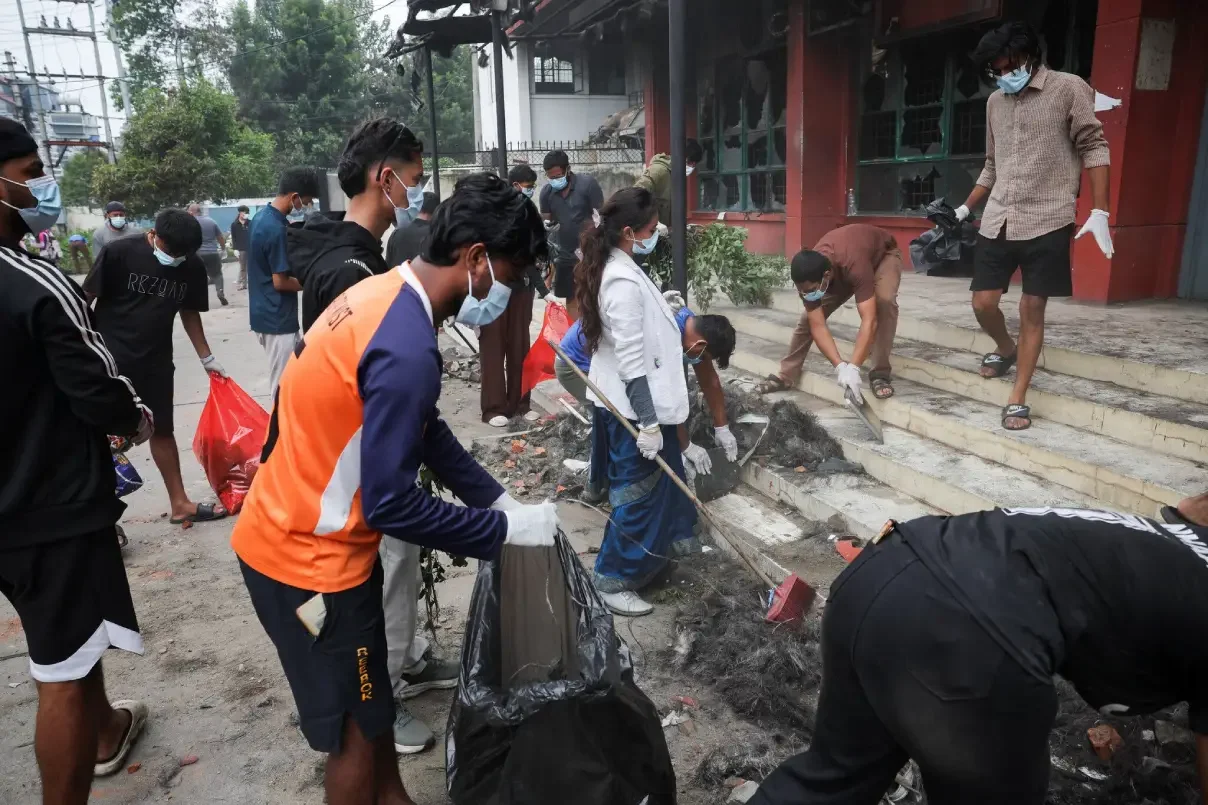
Yet even this intervention has failed to bring clarity. Protesters are divided: some demand the dissolution of Parliament and the constitution and the creation of a “citizens’ government” beyond the existing framework; others want the movement to remain within constitutional limits.
For a time, the proposal that former Chief Justice Sushila Karki should head an interim government gained traction, particularly among those calling for a “clean” leadership untainted by party politics. But the idea also faced resistance. Critics questioned whether elevating one individual in her seventies could reflect the collective vitality of the Gen Z revolution.
The situation grew more complicated when scheduled negotiations between the military, Gen Z delegates, and Karki were abruptly cancelled at Army Headquarters. The reason? Businessman Durga Prasai—known for leading anti-republic, pro-monarchy protests—entered the negotiation room, raising eyebrows and fuelling further suspicion.
Everyone now wonders: is this simply a youth protest against unemployment, corruption, and political favouritism and nepotism, or is it a full-blown revolt against the 2015 Constitution itself? The evidence cuts both ways.
On one hand, demonstrators deliberately targeted institutions established under the 2015 system—the presidency, the Parliament, and the Supreme Court. Their attacks on the residences of party leaders and ministers betrayed fundamental disdain not only for individuals but for the system they embody. Many now describe the movement as anti-system, even anti-constitution.
On the other hand, voices within civil society organisations, the legal fraternity, and even among protesters argue that the constitution must not be discarded. They believe reform—cleaning the system from within—is the path forward.
President Ram Chandra Paudel, under military protection since vacating the Presidential Palace, released a statement on 11 September reaffirming his determination to resolve the crisis “within the constitutional framework.” He spoke to a nation now divided over protecting federalism, secularism, and republicanism—the values enshrined since 2006.
The youths in Nepal celebrated the army for defending them from being attacked by the police! pic.twitter.com/Q9UGJmIsKr
— The Kenyan Vigilante (@KenyanSays) September 10, 2025
Nepal today stands at a crossroads of uncertainty and danger. The three pillars of state authority—the judiciary, the executive, and the legislature—lie shattered, both physically and metaphorically. The government has fallen, yet it is unclear what will rise in its place. Protesters are split between those demanding total revolution and those seeking reform within the system. The army has intervened as a broker, but its long-term intentions remain unknown.
Meanwhile, politicians once held in reverence are sheltering in secrecy under military guard, or nursing wounds. Their legitimacy has evaporated faster than the smoke from their torched homes. On social media, some celebrate the revolution as the birth of a “new Nepal” free from corrupt politicians and a corrupt system; others warn that discarding the 2015 Constitution could plunge the nation into another era of instability.
For many, the Gen Z rebellion evokes memories of 1990, 2006, and even the Maoist insurgency. But there is something different about this moment. Unlike past movements led by mainstream political organisations, this uprising has no central leadership. It is decentralised, informal, and fuelled by the pent-up anger of a generation raised online, where the narrative of justice, democracy, and revolution spreads at lightning speed.

That, however, is also the risk. In the absence of clear leadership or a unified agenda, the movement may be hijacked by opportunists. Already there are hints that vested interests are seeking to appropriate the energy of the youth for their own ends.
For now, Nepal’s future remains wrapped in uncertainty. Will the protesters succeed in forming a government of the people, toppling the constitution, and rewriting the political order? Or will reformist voices prevail, transforming the movement into a push for change within the system?
The verdict is not yet known. What is clear is that Nepal’s political establishment has forfeited its moral right to rule. The fires that consumed their homes and offices were not acts of mere vandalism—they were symbols of a generation’s rejection of the established order.
At present, confusion reigns supreme. The only certainty is that Nepal will never be the same again after 8 September. A new chapter has begun, but whether it ushers in hope or despair will depend on whether the nation’s fragmented stakeholders can unite to chart a common path forward.

